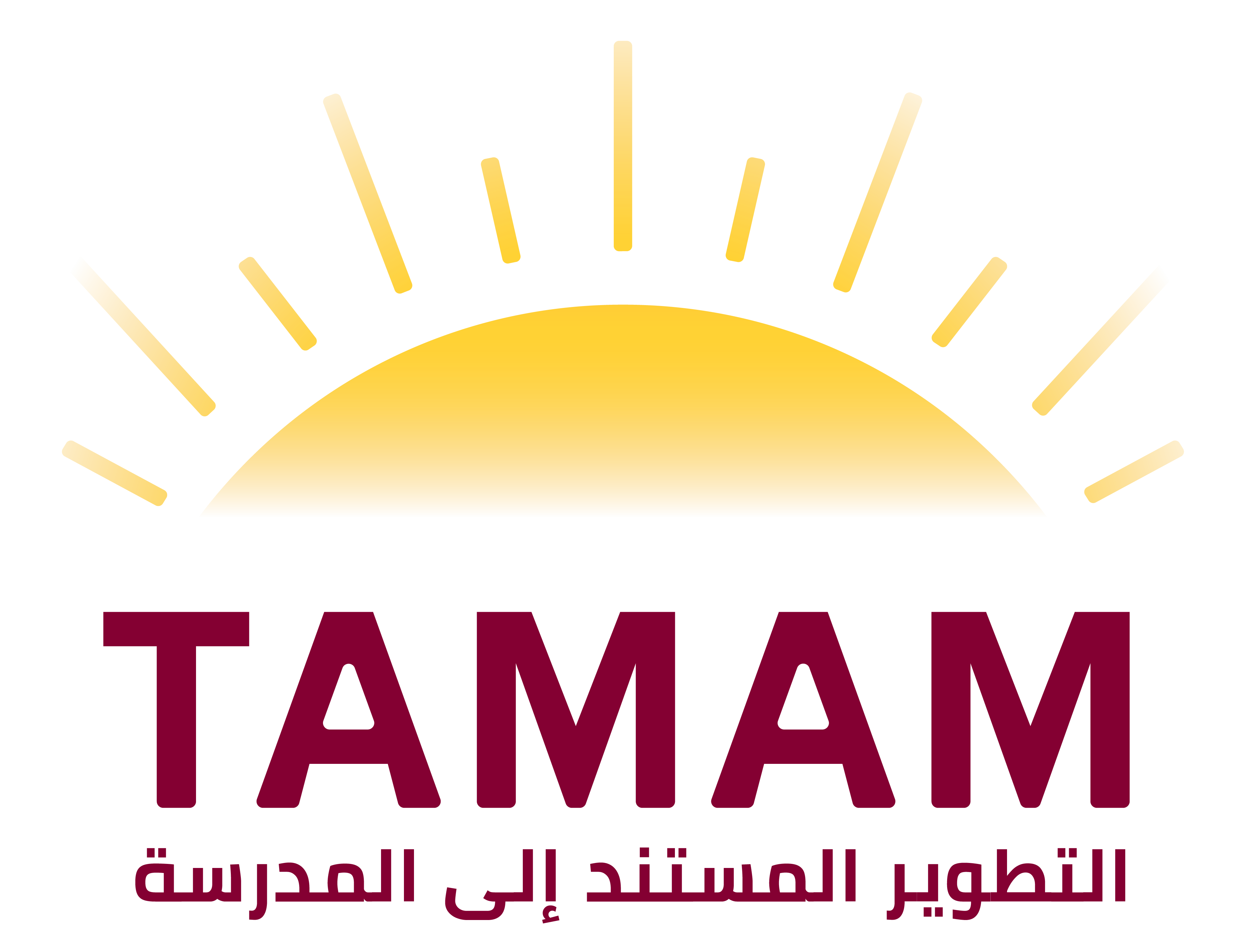Quality Indicators in Schools by Rana Ismail.
This paper provided an overview on quality indicators in education. This paper aimed specifically at describing the various interpretations of quality in school settings. Presenting a special focus on the nature of quality management as practiced and exploring to which extent it is applicable to educational settings and organizations. This paper concluded by proposing that the term quality is ever evolving. What was quality in the past is not quality today and what is quality today will not suffice as quality in the future. What remain constant in the definition, however, is the basic requirement of meeting the needs and thus satisfying the needs of beneficiaries of the school, and continuous improvement. Beneficiaries of the school system are the students, the parents or guardians of the students, and the community that the school serves. Nevertheless, what education has long needed is a tangible definition of how to measure the schools‟ educational program. Terminology and Movements such as excellence, reform, or improvement have been dependent on arbitrary measures of indicators such as norm- referenced test scores, attendance percentages, dropout rates, or similar methods that are controversial. This is rightfully so because they are narrow instruments when compared to the broad scope of educational aims. They fail to significantly measure the effects of demographic, psychological, and sociological factors that are beyond the control of the school system. So the pertinent question is not whether schools need to go to learn about quality indicators, but how? Specifically, education needs to distinguish those quality practices in the manufacturing and service industries that can be adapted to education, and those that cannot. Then education must devise ways to implement and measure the practices that apply. Those practices will suffice as the quality indicators that schools should develop methods and instruments to consciously measure them; to keep the momentum of continuous improvement.
View full report below
Quality Indicators in Schools -Rana Ismail – 2008